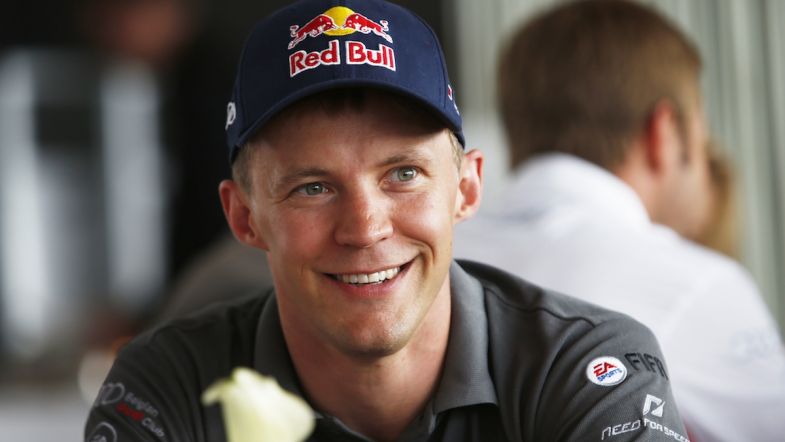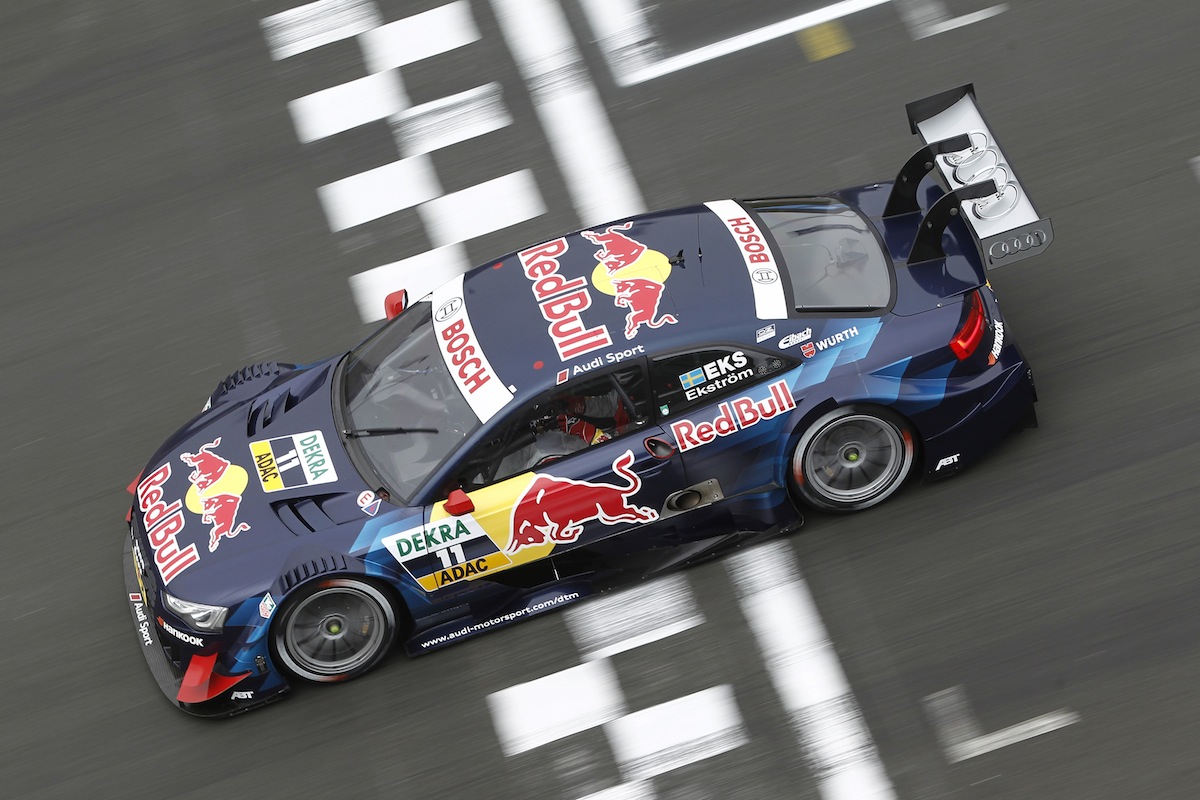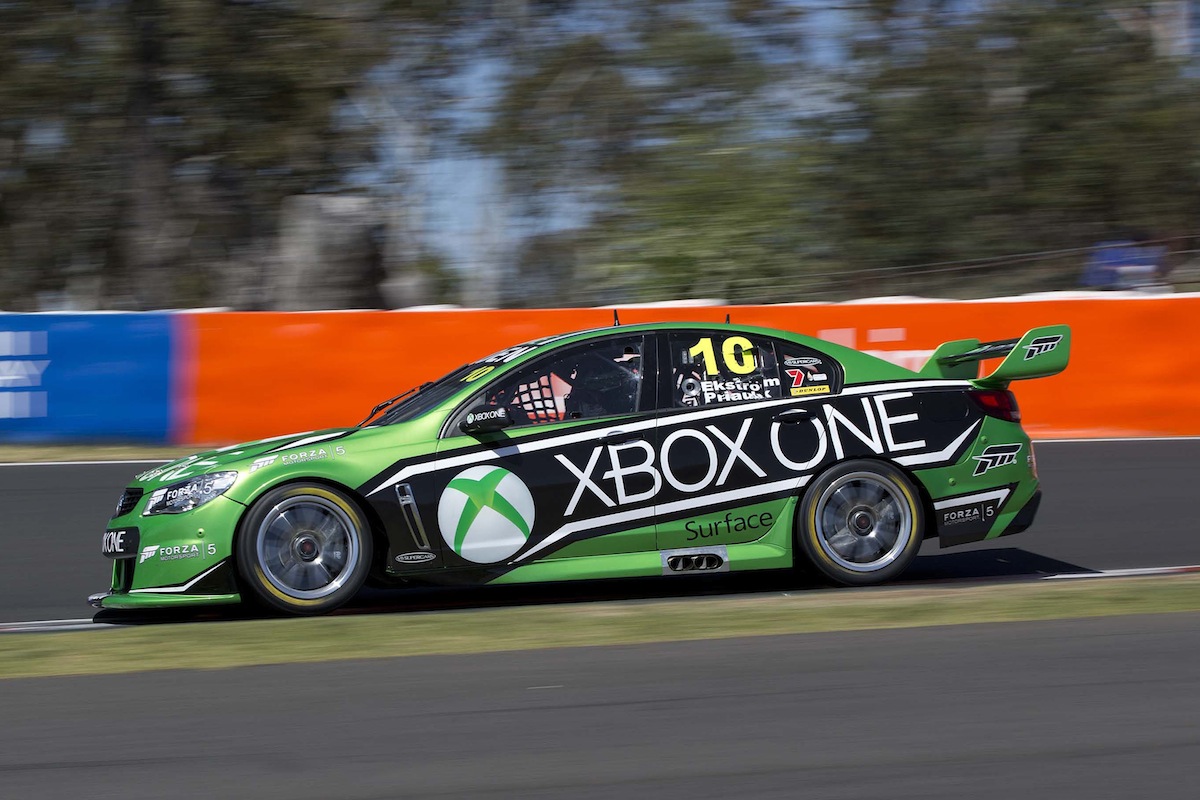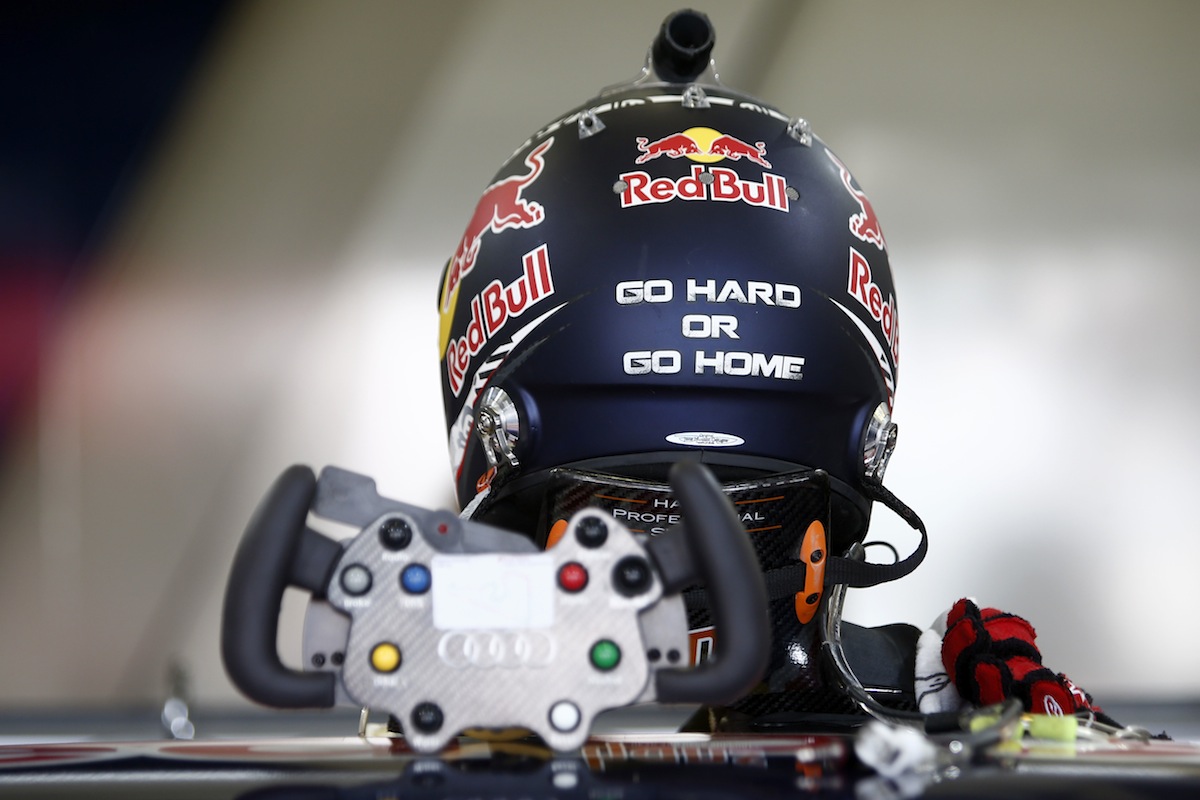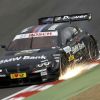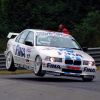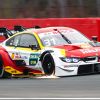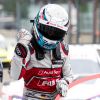Mattias Ekström gives his thoughts on 2013 and the future
Audi’s Mattias Ekström has had a mixed 2013 in the DTM. No discussions.
However, seventh in the DTM drivers’ standings does not tell the full story; disqualification from the Norisring after taking Audi’s first home victory around the streets of Nuremberg in 10 years is probably what will characterise the Swede’s 2013 DTM season.
To show the impact the disqualification had on his campaign, had Ekström been able to keep his Norisring result – his first victory since Valencia 2011 – then he would have ended the year third in the drivers’ standings.
However, this is motorsport. People don’t look back, especially Ekström, who in his own words, is “not a guy who liked history at school.”
A few days after the Hockenheim DTM season finale, then, TouringCarTimes caught up with the Swede to talk about what else he’d been up to in 2013; most notably his first outing to the Bathurst 1000 where he partnered up with fellow DTM driver, BMW’s Andy Priaulx. The pairing competed as Triple Eight Racing’s ‘wildcard’ entry and finished an outstanding 10th behind the wheel of the xBox One liveried Holden Commodore.
In addition to his adventure Down-Under, Ekström spoke about his plans for 2014, Volvo Polestar’s entry to V8 Supercars in 2014 and how he was (partly) responsible for Andy Priaulx’s strong performance at Hockenheim.
Despite having an up-and-down DTM season, outings at the Spa-24, trying his hand at RallyCross and finishing 10th in his first crack at the Bathurst, all prove the Swede has lived up to his life-motto: “go hard or go home.”
TouringCarTimes: So, let’s talk about the Bathurst; how was it and what did you make of the cars?
Mattias Ekström: The engines are nice because they’re pretty powerful and the cars themselves are also very well built. If I had any wishes, it’d be to reduce their weight a little and make them more agile. The downforce level is not so high and that’s what makes the racing so good because you can drive close together. The grip is pretty low, so that also contributes to good racing. It’s pretty easy to make a mistake and it isn’t easy to drive one of those cars on the limit all the time without getting into trouble. It could be a flat-spot, or oversteer or understeer or even if you get something wrong with the tyres when you get on the power. It’s pretty difficult to nail a brilliant lap, because the car is always moving around a lot.
TcT: How is it different to your DTM car?
ME: You know, when you go and have a flyer with a DTM car on new tyres and on low fuel, that’s a really nice feeling. When you get a V8 and with ‘greens’ on as they say, it’s nowhere even near the same feeling, because in the DTM you have massive downforce, wide tyres and carbon fibre everywhere. That feeling over one lap basis is very, very different.
TcT: Why did you say you enjoyed driving the V8 more?
ME: I like very many different types of sports, but what makes it really good for me, is when you can be close together and fight for small things and still you can make a difference as a driver. There will always be, no matter whether it’s DTM or F1, one limiting factor with the cars or the rules. In F1, very often the limiting factor is the tyres and the driver; ‘how good is the tyre, how good is the driver? How much time is he spending in the race taking care of this? And when the tyres are new, you don’t have to take care of the tyres?’ Then that means it’s up to the car and the driver.
If you put the responsibility on the driver, I believe the championships are going to be more exciting because if you can make a difference when the tyres are going off, that’s good.
DTM is very close in lap-time, but not in race time, so this means you can’t drive as close in the race situation as you can in a V8 Supercar. I prefer race-time close more than lap-time close, but with lap-time close like in the DTM with the downforce, it isn’t so easy to stay behind. The lower the grip and the less downforce you run, it’s easier to follow the guy in front.
TcT: So less grip and downforce would bring out more driver skill?
ME: Everyone discusses that Europe has the least in terms of how much power a race-car has. I mean, look at NASCAR and V8s, they’re running pretty much more power, around 630 or 650 bhp in V8s. I don’t know how much exactly, but it’s 600 and above.
Then in NASCAR you have 800 and above! I can say really our V8 engine isn’t really suited to handle that, but Europe has always been the least of everywhere in terms of power.
I remember some time ago there was one race driver who said “I will stop racing when my road-car has more power than my race-car.” I think that was J.J. Lehto. But seriously, where is the golden balance; where is the golden middle point where it’s not too much or not too little power?
I think in my world, V8s have probably hit the sweet-spot with their cars, their regulations, and their market. When you can see there are four-million people watching the race, and 23-million living in the country, you have to say somehow that that formula has worked to their market. No discussion.
TcT: In light of Hans-Werner Aufrecht’s comments, what do you think is the best way to improve the DTM show?
ME: I don’t think new rules or regulations are needed, so it’s just a matter of tweaking what we have. I think sport needs to give good value to make people like it, and sport has to be entertaining. Motorsport is one of those things where people want to see overtaking.
They want to see some mirrors fly off, they want to see some scratching, some guys ending up in the wall, a little crash. They want to see some guy, like it or not, being a bit aggressive. They want to have someone being a little bit of a character who says what he thinks.
TcT: How are things looking for 2014? Could you be tempted by split programme between V8s and a GT programme with Audi?
ME: Seriously, I think I have some meetings to have, and then we’ll see what happens. I’m just considering my options at the moment; thinking about having my meetings with Audi and some others. Firstly, I need to figure out where I can perform well and secondly, be happy and all this and that. I think it will take some weeks to find out.
TcT: Is that contact with other DTM teams or in other series?
ME: For sure I mean Audi! I’ve had great time with them over the years and there’s nothing bad there, but on one side I feel that everyone who knows me knows my living standards of ‘go hard or go home.’ Also, everybody who knows me knows that even if it’s the last lap, I’m not going to give up until the chequered flag drops.
But I will say that in terms of my career, I’m starting my last laps. I mean not the very last, just the last. It could be one, three, five or 10 laps, but they definitely aren’t the first…
I’m definitely going to give it my all, so it will be maximum attack until I stop. I have my personal target that I want to end my race career with a #1 on the car.
TcT: Does the idea of Volvo going to V8 Supercars next year appeal to you? You’re Swedish, Polestar is Swedish, so could you be tempted if the right offer came?
ME: When I was in Australia, I met Christian Dahl from Polestar and for sure we spoke about the plans and ideas they had. On the other side, it hasn’t been on my mind since I left Australia because it’s not been that long since I left, only around a week. It’s been a pretty busy time in my life over the last six weeks, so I haven’t really had time to think of everything that’s come across my mind in that time. I’m going to have a little time to sit and relax a little bit, but as I said, the main goal is to end with the #1 on my car.
TcT: What was Mount Panorama like to drive?
ME: What was really special for me was that it’s green everywhere. It’s like driving a rally, because you have no run-off on 90% of the circuit. A bit at the bottom part, but at the top there’s nothing. There’s one run-off, so if you make a mistake, you pay a big price. It’s gonna hurt. The first time I went up to Skyline and then down into Forrest’s Elbow, I had no idea in the world how steep that is! It’s so steep and the cars are pretty heavy, so you have to push pretty hard. When you go down to Forrest’s Elbow, you’re like “wow, we’ve finally made it!” Then you go up the gears and the cars are accelerating massively. At that point you’re pushing about 297 kilometers-per-hour going into The Chase. I haven’t ever managed to cross the 300 kp/h barrier in a Touring Car yet, but I was so close at Mount Panorama because we went to 297, and that’s quick. They’re quite mechanical, and for sure, you have some aero on the car, but that speed is really quick.
TcT: Did working with Andy Priaulx give you any help when you shared the car at the Bathurst?
ME: It was really nice to get to know Andy as a person. I knew him before, but if you get to work together, that helps. From a driving aspect, I don’t think I learnt so much from him. It was mainly more about how race at the Bathurst, but you can see he’s a pretty intelligent racer because he doesn’t crash very often.
Going back to the pure driving aspect with the car, the only thing I learnt was “don’t left foot brake if you’ve driven with right foot braking for your whole career.”
The team asked me to Right-Foot-Brake and it was horrible, I just couldn’t do it. I went back to Left-Foot-Braking and it was okay.
Then I said to Andy: “hey, if you’ve been left foot braking in DTM, that’s why you’re so bad”. He said: “really, you think so?” I said: “sure, if you’ve been feeling in your DTM car like how I felt for two outings at Queensland Raceway, then I can understand why you aren’t performing. If you go to Hockenheim and Right-Foot-Brake, then you’ll have the best weekend of your life.”
Then what happens? Off he goes to Hockenheim, gets in to Q4 and gets his best results of the year.
